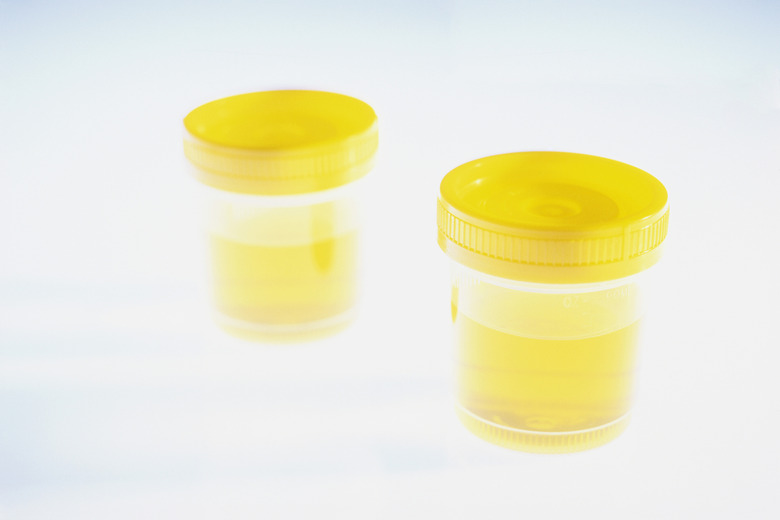What Are The Functions Of Urea?
Urea is a by-product of humans and mammals produced in urine. It is the body's breakdown of proteins and ammonia. It can also be chemically composed into a liquid or a solid using ammonia and carbon dioxide. This is how urea is the most useful and used mostly as a fertilizer, in some medications and industrial-made compounds.
History
History
Urea was first discovered in 1773 by Hillaire Rouelle of France. Fifty-five years later, it became the first organic compound to be made synthetically when German chemist Friedrich Woeller produced it.
Function
Function
Urea is used most popularly as a fertilizer due to its high levels of nitrogen. The nitrogen makes the urea water-soluble and easy to mix in soil. It is best used during the cold weather for sod and winter wheat, and best if applied before it rains. The rain helps mix the urea with the soil.
Features
Features
Urea is not very combustible, so it can easily be stored. It is still not suggested to use an auger when moving it because it is small and granular in size. It is best moved with a conveyor belt.
Uses
Uses
Due to its water solubility, urea is used in many things such as plastic, household cleaners, animal feed and medicine. For medicine, urea is used for dermatology, as a diuretic and in barbiturates.
Production
Production
Humans produce 30 g of urea a day, mostly in their urine and small amounts through sweating. Urea levels in a human's urine can determine kidney issues or even dehydration.
References
Cite This Article
MLA
Nichol, Leigh. "What Are The Functions Of Urea?" sciencing.com, https://www.sciencing.com/what-are-the-functions-of-urea-13427799/. 21 July 2017.
APA
Nichol, Leigh. (2017, July 21). What Are The Functions Of Urea?. sciencing.com. Retrieved from https://www.sciencing.com/what-are-the-functions-of-urea-13427799/
Chicago
Nichol, Leigh. What Are The Functions Of Urea? last modified March 24, 2022. https://www.sciencing.com/what-are-the-functions-of-urea-13427799/
